Performance Management: Recognising ‘Me-Strengths’ & ‘We-Strengths’
As a leader it is important that you recognise the strengths of the people around you. Each individual brings something different to the table, and encouraging individuals to ‘play to their strengths’ is a great way of increasing both team and individual performance.
When it comes to recognising strengths, it helps to know that there are 2 kinds: ‘Me-Strengths’ and ‘We-Strengths’. Author and Consultant Therese Huston PhD defines each strength as the following:
We-Strength - a strength that moves the entire team forward. It is a strength that elevates the team or organisation.
Me-Strength - a strength that makes the employee stronger. A me-strength puts a person in a ‘flow state’, where they’re so fully immersed in the work, that they lose track of time because the work is so intrinsically satisfying.
Sometimes we-strengths and me-strengths are one and the same, but more often than not, someone’s we-strengths are very different from their me-strengths. What lights up an individual can be very different from what lights up the team.
Case study
Benjamin is known as the peacemaker amongst his colleagues. When co-workers are ‘clashing’ on something, Benjamin is great at looking at the bigger picture, considering both points of view, and helping them find a middle ground. This is a great ‘we-strength’. He’s the only person in the team who can quickly resolve any conflict and avoid any friction being felt across the wider team.
But is this a ‘me-strength’? In Benjamin’s case, it’s not. Although he doesn’t mind playing a mediating role on occasion, Benjamin would much rather be getting stuck into a spreadsheet, analysing data. This is what he loves to do and where he gets his energy from. If he can spend a couple of hours engrossed in numbers, he’s happy all day. And because he’s tapped into a ‘me-strength’, then he doesn’t mind settling an argument between his colleagues every so often.
Identifying Me-Strengths and We-Strengths
So how do you identify a person’s me-strengths and your team’s we-strengths? Asking your team to answer the below questions is a good place to start:
Recognising Me-Strengths and We-Strengths
Once you’ve identified the me-strengths and we-strengths of your employees, you need to ensure that you acknowledge them in different ways. We-strengths need to be noticed and celebrated. When a strength benefits an entire team, you need to reinforce it by firstly pointing out the specific behaviour, and then, the positive impact that it’s had. For example, Benjamin’s ability to settle disagreements within the team avoids any negative feelings within the wider team.
Me-strengths on the other hand don’t necessarily need to be recognised. This doesn’t mean they should be ignored. You can of course tell Benjamin that he did a great job on his latest data analysis, but it isn’t crucial. Because Benjamin already enjoys analysis, the happiness he gets from doing it is enough reinforcement for him to carry on without any complaints. Simply exercising a me-strength is deeply rewarding, and so the best way to recognise a me-strength is giving the employee a chance to use it regularly (preferably every day).
The ADP Research Institute finds the single best predictors of a team’s productivity is the extent to which each team member agrees with the below statement. Regardless of nationality or industry, the highest-performing teams strongly agree with this statement.
Some may argue that it’s not possible to ensure employees get to use their me-strengths every day, but we’re not saying that they have to spend all day every day on their me-strengths, just make it the goal that everyone spends part of their day using them; whilst also making sure the ‘not-so-fun’ tasks are still getting done.
In order to address the gap between people’s me-strengths and their opportunities to use them, carry out these two-steps:
1. Gain clarity on what each employee’s me-strengths are;
2. Adjust their responsibilities so they have the chance to exercise them regularly.
Adjusting each team members responsibilities so they can exercise their me-strengths may seem like an onerous task, but once you know what energises someone, you can put your heads together and come up with some solutions.
This doesn’t mean that you as a leader needs to be involved in ensuring that every members me-strengths are exercised. Once you know what energises every team member, you may be able to ‘couple-up’ team members who have the same or similar me-strengths.
For example, two members who are responsible for coming up with innovative ideas can bounce their ideas off each other several times a week, rather than going to you, their line manager.
The key takeaway from this is, if you give everyone in your team a chance to exercise their me-strengths, it is one of the best things you can do as a leader.
In Summary: every person will have we-strengths; strengths that benefit the wider team, and me strengths; strengths that make an individuals performance stronger. As a leader, you need to be able acknowledge the we-strengths so they are repeated, and allow each individual to exercise their me-strengths. Doing this will increase job satisfaction, engagement, and as a result, improve both individual and team performance.
You can access more content like this with a T2 Hub licence.



